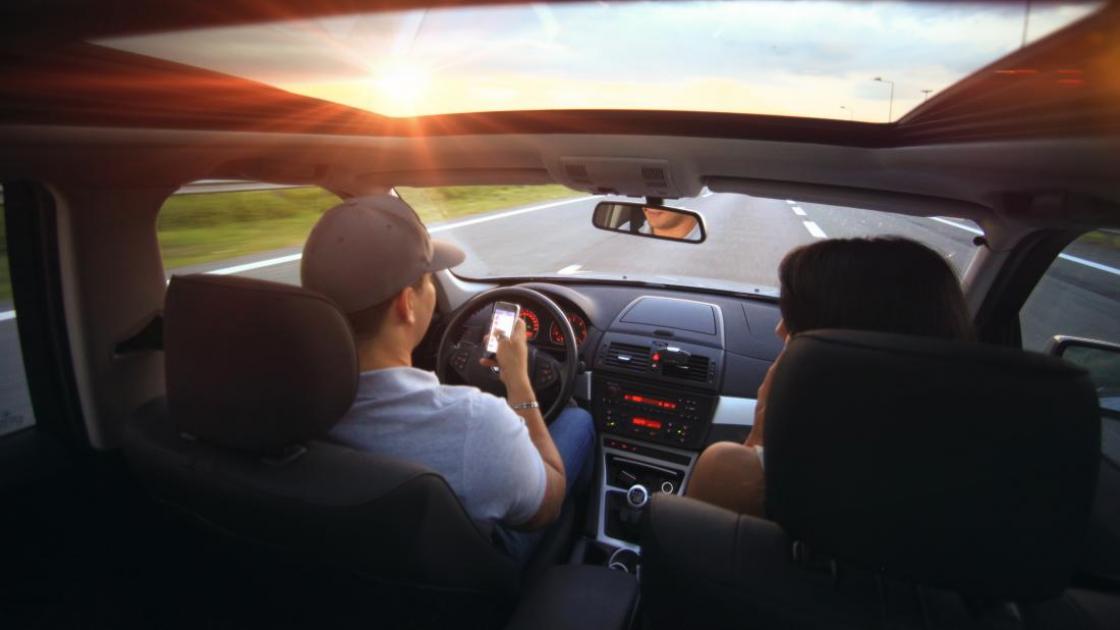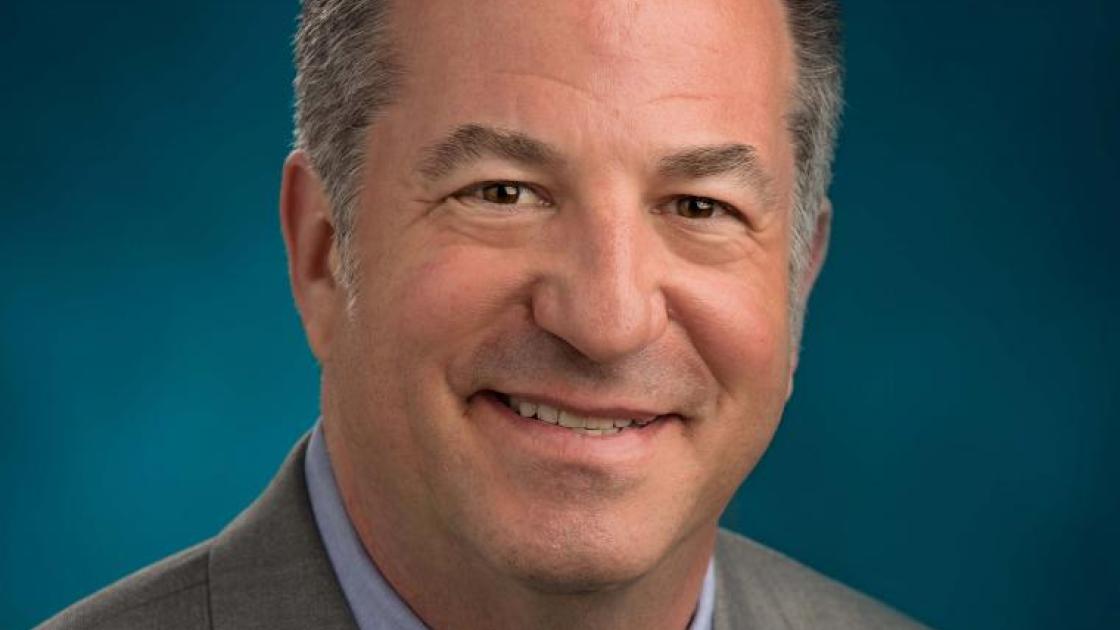
6 tips to prevent tragedy in the backseat
Heat stroke is one of the leading causes of death among children. “People must remember that temperatures of cars are very deceiving,” explains Dr. Wendi El-Amin, a family medicine physician at SIU Center for Family Medicine. “One of the greatest tragedies reported in the media each year involve children who are left in cars and die. Approximately 37 children pass away every year from this preventable tragedy.”
Children are especially at risk because their bodies overheat approximately five times faster than an adult body. Even with the windows cracked, a vehicle can reach 125° F in minutes. In fact, 80% of the increase in temperature occurs within the first 10 minutes, according to KidsAndCars.org. And it doesn’t need to be 90° out for heat stroke to occur— children have died from heatstroke in cars in temperatures as low as 60°.
While you may think to yourself, I’d never leave my child in a car on a hot summer day, even just a few minutes can lead to a dangerous situation. Experts remind parents to be especially careful during busy times, moments of crisis or schedule changes.
Here are six ways you can help prevent another tragedy this summer:
- Never leave children or pets alone in a vehicle, even for just a minute.
- Put something you’ll need, such as you cell phone or purse, in the backseat with your child. Or, keep a large stuffed animal in your child’s car seat anytime it’s unoccupied. When your child is in the car, move the stuffed animal to the front seat. It will serve as a visual reminder that your child is in the backseat.
- Keep your vehicle locked at all times, even when it’s parked in the garage or driveway, and keep the keys to your vehicle out of your children’s reach. This will prevent your children from playing in your car and accidentally getting locked in.
- If a child is missing, immediately check vehicles, including trunks.
- If you see a child alone in a vehicle and they seem distressed, get involved. Start by getting them out of the car as quickly as possible, and then call 911.
- Think ahead: use drive-through services whenever they’re available, and pay at the pump instead of going inside the gas statio



